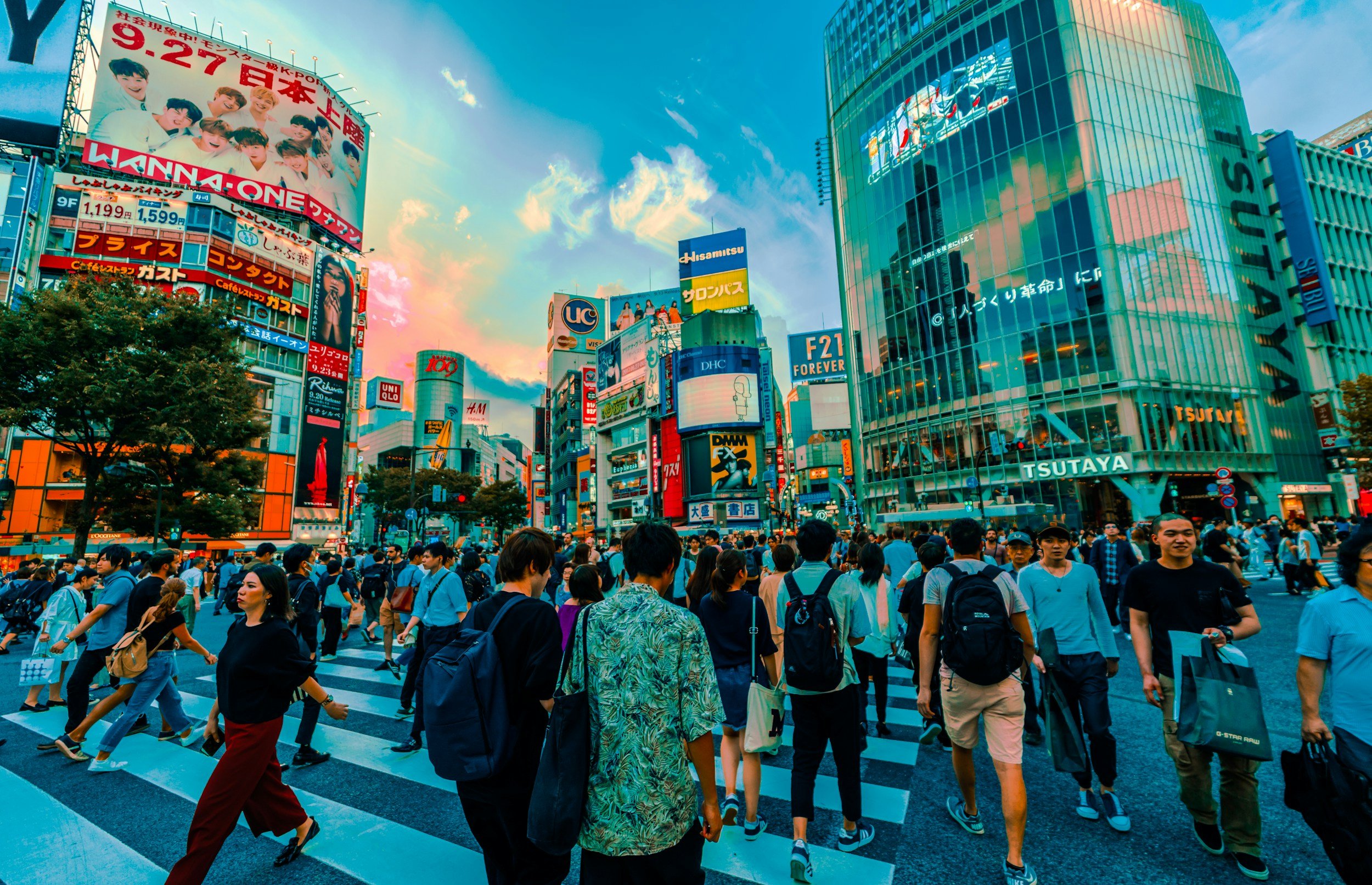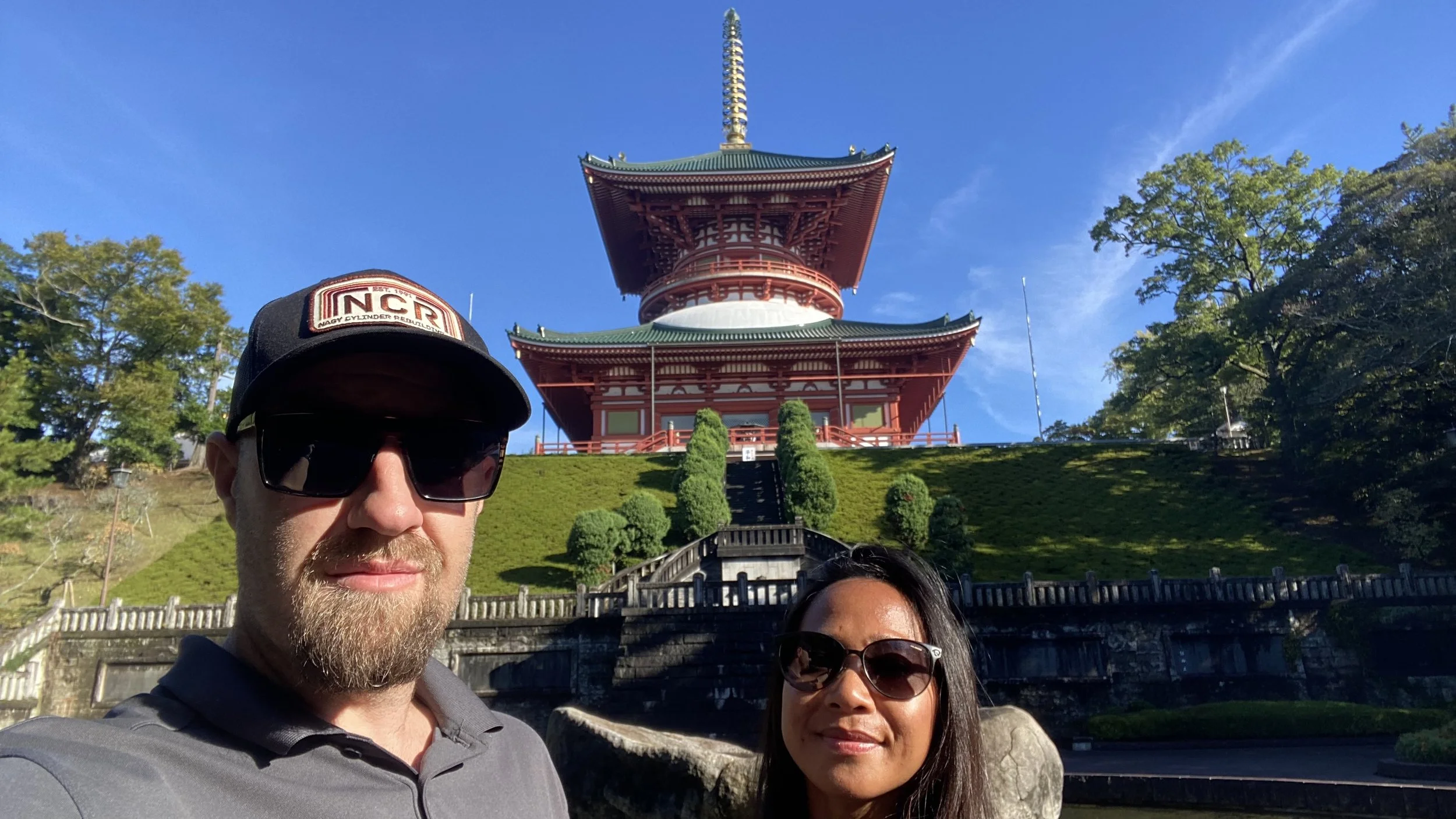7 Important Historical Places to Visit: A Celebration of Culture in Japan
Japan is a country rich in cultural heritage spanning thousands of years. From ancient temples and castles to memorial sites and imperial palaces, Japan offers an array of fascinating historical attractions for visitors to explore.
This blog post will guide you through seven must-visit historical landmarks across Japan.
I. Himeji Castle: A Majestic Samurai Fortress
Dating back to 1333, Himeji Castle is the largest surviving feudal samurai fortress in Japan. With over 2.8 million annual visitors, this UNESCO World Heritage Site unveils a spectacular example of traditional Japanese architecture. The meticulously restored castle complex features three individual castles that resemble a hovering heron in flight. This likeness has earned Himeji Castle the nickname "Shirasagi-jō" or "White Heron Castle".
Climbing up the five-story main keep provides panoramic views of the castle, allowing you to explore defensive loopholes and concealed chutes for stone-throwing. Wandering through the castle gardens, lined with cherry blossom trees, offers a soul-stirring experience. Plan at least half a day to discover the enduring majesty of Himeji Castle, entwined with Japanese culture and history.
II. Kinkaku-ji: The Mesmerizing Golden Pavilion
The iconic Kinkaku-ji Temple, or Golden Pavilion, incorporates striking Japanese architecture and blends elements of Zen Buddhism. Constructed in 1397 as a villa, the top two floors of Kinkaku-ji Temple are completely covered in 20.6 kilograms (45 pounds) of glistening gold leaf. After the owner's death, it was converted into a temple.
This dazzling golden aesthetic, set against a backdrop of majestic pine trees and a reflective mirror pond, creates a magical scene. It is especially stunning in the autumn and winter seasons. Marvel at this gilded masterpiece and let the peaceful surroundings transport you mentally.
III. Hiroshima Peace Memorial: The Starkest Reminder of Nuclear Destruction
The Hiroshima Peace Memorial is perhaps the most profound site, hauntingly commemorating the estimated 140,000 lives lost from the atomic bomb dropped on Hiroshima on August 6, 1945. Japan tours often include a visit to this somber landmark. Hiroshima Peace Memorial Park conveys Japan's deepest hopes for world peace and nuclear abolition, centered around the remains of the former Hiroshima Prefectural Industrial Promotion Hall, now called the Atomic Bomb Dome.
Designated as a UNESCO World Heritage Site in 1996, the park is lined with memorials and monuments. Walking through it creates a reflective ambiance, commemorating sacrifice for future peace.
IV. Kyoto Imperial Palace: Uncovering Japan's Royal History
The Kyoto Imperial Palace (Kyoto Gosho) transports you to the origins of Japan's royal kingdom. It has resided over the country's imperial heritage for over a millennium. In 1868, the capital shifted to Tokyo.
Still an active imperial palace, this sprawling complex features meditative Japanese gardens and enables visualizing the grand architecture and design aesthetics from ancient times.
This palace covers over 110,000 square meters. When you visit, you gain deep insights into Japan’s complex imperial history. It intertwines Shintoism, Buddhism, and political conflict. Guided audio tours help unravel captivating details on the cultural evolution tied to the Kyoto Imperial Palace. In general, getting a guide or making sure to take part in a Japan Tour itinerary can be worthwhile.
V. Nara Park: Enchanting Wildlife and Temples
Nara Park is less than an hour from Kyoto and Osaka. It offers Instagram-worthy moments with gentle deer against historical architecture as backdrops. This park was established over 1300 years ago. It hosts a variety of famous shrines and Buddhist temples, such as Tōdai-ji. This temple is home to Japan's largest temple, which houses a 15m tall Daibutsu (Great Buddha) bronze statue.
Wandering in Nara Park early morning or late afternoon lets you soak in the tranquil environment. The park is dotted with ponds, wooden pathways, and lush greenery. Bring some shika senbei (deer crackers) and be prepared to be surrounded instantly by adorable deer awaiting tasty treats!
VI. Osaka Castle: Exploring a Spectacular Panorama
Constructed in 1583 before being tragically destroyed and rebuilt multiple times, Osaka Castle has persevered to become one of Japan's most iconic structures.
Housing a museum exhibiting a collection of artifacts providing insights into Toyotomi Hideyoshi’s regime, the surrounding park captures natural beauty accentuated by over 600 cherry blossom trees, cosmos flowers, ginkgo trees, and vivid autumn maple leaves.
Ascending eight levels to the observation deck awards a sweeping 360° panoramic view of Osaka City – an unparalleled vantage point to photograph and marvel at the urban landscape showcasing modern cityscapes merging effortlessly with traces of ancient Japan.
VII. Kōya-san: Finding Zen in a Sacred Buddhist Haven
For the ultimate spiritual journey discovering esoteric Shingon Buddhism, visiting Mount Kōya – located two hours from Osaka – is strongly recommended. Designated as a UNESCO World Heritage Site and founded in 819 CE by monk Kūkai (also known as "Kōbō-Daishi"), Mount Kōya houses over 100 monasteries offering a temple lodging experience.
Exploring Okunoin – Japan’s largest cemetery with over 200,000 gravestones covered by towering cedar trees – creates an intensely meditative ambiance. Participating in morning prayer rituals amongst monks, enjoying shojin-ryori (Buddhist vegetarian cuisine) and bathing in hot springs underneath starlit skies provides an unforgettable soul-enriching getaway.
Plan Your Visit
With direct flights available from major Asian and American cities into Tokyo, Osaka, or Fukuoka, traveling to Japan is convenient. Using the extensive and punctual Japan Rail Pass enables easy access via bullet trains to all these historical places.
Optimal times for pleasant weather are spring (March-May) during cherry blossom season or autumn (September-November) showcasing vivid fall foliage in parks/temples. Budget at least 10-14 days to fully absorb each destination without feeling rushed.
FAQs on Traveling to Historical Sites in Japan
Q1. Is public transport the best way to travel between sites?
Yes, Japan has a very convenient, affordable, and punctual public transport system, including trains, metro, and buses. Using a Japan Rail Pass offers maximum value and flexibility.
Q2. What is the best way to experience the cultural essence?
Having an open, respectful, and curious mindset enables deeply connecting with Japan's culture. Participating in temple rituals, talking to monks, trying traditional cuisines and hot spring baths enhances immersion.








